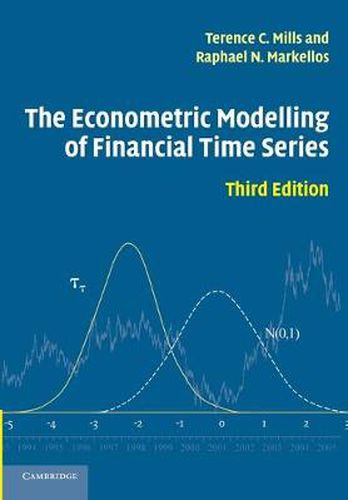Readings Newsletter
Become a Readings Member to make your shopping experience even easier.
Sign in or sign up for free!
You’re not far away from qualifying for FREE standard shipping within Australia
You’ve qualified for FREE standard shipping within Australia
The cart is loading…






Terence Mills’ best-selling graduate textbook provides detailed coverage of research techniques and findings relating to the empirical analysis of financial markets. In its previous editions it has become required reading for many graduate courses on the econometrics of financial modelling. This third edition, co-authored with Raphael Markellos, contains a wealth of material reflecting the developments of the last decade. Particular attention is paid to the wide range of nonlinear models that are used to analyse financial data observed at high frequencies and to the long memory characteristics found in financial time series. The central material on unit root processes and the modelling of trends and structural breaks has been substantially expanded into a chapter of its own. There is also an extended discussion of the treatment of volatility, accompanied by a new chapter on nonlinearity and its testing.
$9.00 standard shipping within Australia
FREE standard shipping within Australia for orders over $100.00
Express & International shipping calculated at checkout
Terence Mills’ best-selling graduate textbook provides detailed coverage of research techniques and findings relating to the empirical analysis of financial markets. In its previous editions it has become required reading for many graduate courses on the econometrics of financial modelling. This third edition, co-authored with Raphael Markellos, contains a wealth of material reflecting the developments of the last decade. Particular attention is paid to the wide range of nonlinear models that are used to analyse financial data observed at high frequencies and to the long memory characteristics found in financial time series. The central material on unit root processes and the modelling of trends and structural breaks has been substantially expanded into a chapter of its own. There is also an extended discussion of the treatment of volatility, accompanied by a new chapter on nonlinearity and its testing.